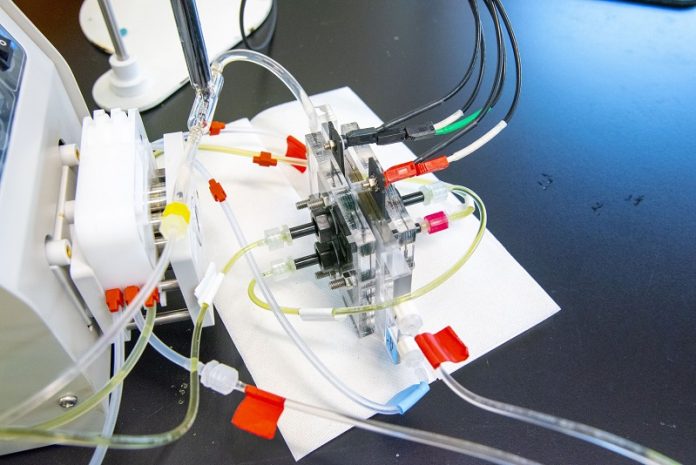
Two-thirds of our planet’s surface is covered in water, yet billions of people lack access to clean drinking water.
However, a team of researchers at the Beckman Institute for Advanced Science and Technology has developed an innovative purification system that could provide a solution.
By using an electrified version of dialysis, this groundbreaking method effectively separates salt and other impurities from water, saving energy and money.
Let’s explore this new approach to water purification, which has the potential to address both the energy and water crises we face.
Desalination, the process of removing salt from water, is no simple task. Methods like filtration or evaporation are commonly used but can be expensive and energy-intensive.
Additionally, the presence of impurities and organic matter further complicates the process, increasing costs and energy requirements.
Instead of following conventional approaches, the researchers at Beckman Institute adopted electrodialysis—a technique inspired by dialysis—to remove salts and organic matter from wastewater and produce clean, drinkable water.
While electrodialysis has proven effective, it typically consumes a significant amount of energy due to its water-splitting reaction.
To address the energy requirements, the researchers incorporated a chemical phenomenon called a redox reaction into the salt separation process.
This process involves introducing a specialized polymer-based material to the wastewater before purification. The redox reaction alters the charge of the water molecule itself, achieving salt separation with approximately 90% less energy compared to traditional methods that split water molecules.
In addition to energy efficiency, the researchers also sought to reduce costs.
They replaced expensive ion-exchange membranes with more robust and affordable nanofiltration membranes. These membranes, which allow only charged ions to pass through, offer a cost-effective alternative and require less maintenance and replacement.
Experiments conducted at a regional water treatment plant have demonstrated the effectiveness of this new purification method for wastewater.
The researchers plan to expand their approach to include saltwater and brackish water sources such as groundwater and rivers.
With its low energy requirements, this redox-inspired electrodialysis method can be paired with solar panels, making it especially suitable for regions affected by climate change and in need of low-cost, energy-efficient desalination solutions.
Access to clean drinking water remains a global challenge, but the development of this innovative water purification system provides hope.
With its potential for scalability and cost-effectiveness, this method could revolutionize water treatment, benefiting communities worldwide. As we continue to tackle the pressing issue of water scarcity, this breakthrough offers a promising step towards a feasible and sustainable solution.



